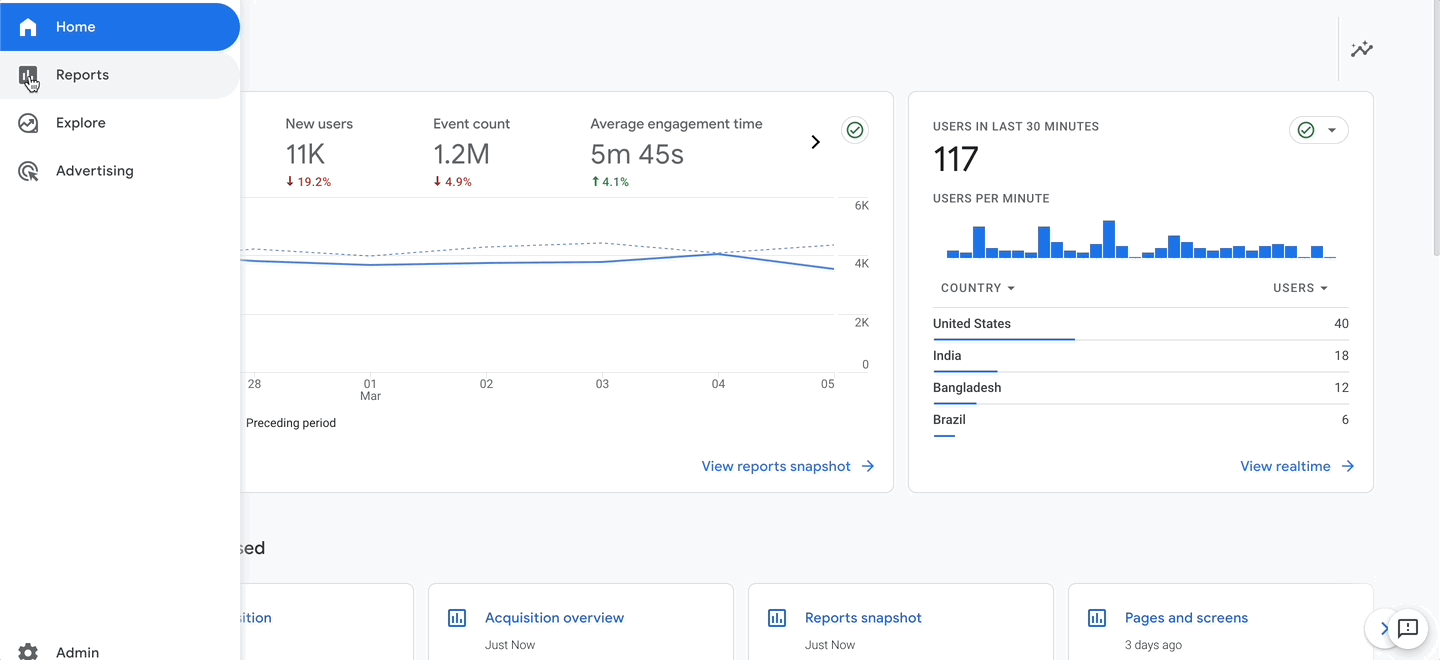Navigating the Depths of Additional Dimension in Google Analytics: An In-depth Exploration on Its Performance
Second measurements, though seemingly uncomplicated at very first look, nurture a riches of untapped potential waiting to be harnessed. As we embark on this trip to explore the nuanced functionality of additional measurements, we will certainly reveal just how this attribute can brighten patterns, unveil correlations, and inevitably lead the way for educated decision-making in the electronic landscape (what is a “secondary dimension” in google analytics?).
Understanding Additional Measurements in Google Analytics

Comprehending how second measurements work is critical for leveraging the full power of Google Analytics. These dimensions aid you answer much more complicated concerns about user actions and the efficiency of your website web content and marketing initiatives. You can use second measurements to evaluate which browsers or devices are most generally utilized by visitors that make an acquisition, or to contrast the bounce rates of various website traffic sources. By incorporating key metrics with second dimensions, you can acquire important understandings that drive informed decision-making and optimization techniques - what is a “secondary dimension” in google analytics?.
Leveraging Additional Measurements for Data Evaluation
Building upon the foundational understanding of just how second dimensions improve data evaluation in Google Analytics, the utilization of these additional layers of information becomes paramount in removing valuable insights for notified decision-making and optimization methods. By leveraging additional dimensions, experts can dig much deeper right into the performance metrics by adding more context to the key measurements, therefore discovering hidden patterns and relationships that could not appear initially look. This deeper level of evaluation enables businesses to much better recognize user habits, recognize patterns, and determine locations for enhancement.
Moreover, additional measurements supply an even more detailed view of the data, allowing for segmentation based upon numerous criteria such as demographics, tools, web traffic sources, and much more. This segmentation promotes an extra granular evaluation, enabling businesses to customize their techniques and campaigns to particular target market sections for improved targeting and customization. In essence, the calculated use of secondary measurements empowers organizations to make data-driven decisions that drive growth and success in the electronic landscape.
Advanced Methods for Secondary Dimension Implementation
Exploring elaborate techniques to harness the full capacity of secondary dimensions in web link Google Analytics raises the depth and elegance of data evaluation for calculated decision-making. One advanced strategy for applying second measurements is the use of customized measurements. In addition, combining secondary dimensions with innovative sections can supply also a lot more granular understandings by using multiple layers of division to the data.
Interpreting Insights Via Additional Measurements

When translating insights via additional measurements, it is vital to take into consideration the context of the information and just how various dimensions engage with each other. Understanding which certain web traffic sources lead to greater conversion prices or recognizing which tools customers like for making acquisitions can provide actionable understandings for maximizing advertising and marketing projects and boosting total site efficiency. By thoroughly checking out the information with secondary measurements in mind, businesses can make enlightened choices that drive purposeful outcomes and improve their digital presence.
Maximizing Performance With Second Measurements

One vital method to optimize performance with secondary measurements is by segmenting data extra granularly. This allows you to separate particular factors that might be influencing your metrics and obtain a much better understanding of what drives success or failure in your digital initiatives. For example, by incorporating secondary measurements such as 'gadget classification' and 'touchdown web page,' you can pinpoint which gadget kinds are most effective for certain landing pages, enabling you to customize your approaches as necessary.
Furthermore, using additional measurements can help you recognize patterns, patterns, and connections that might not appear when analyzing information with main dimensions alone. This much deeper degree of evaluation can result in even more enlightened decision-making and inevitably enhance the total performance of your website or click for info digital marketing campaigns.
Verdict
To conclude, second measurements in Google Analytics play a critical duty in enhancing information analysis and offering deeper understandings into website performance. By using innovative methods and analyzing the data successfully, businesses can maximize their approaches and boost overall efficiency. Understanding the functionality of additional dimensions is vital for making notified choices and driving click for source success in the electronic landscape.
By leveraging secondary dimensions, analysts can dig deeper right into the performance metrics by adding more context to the key measurements, therefore discovering hidden patterns and connections that might not be noticeable at initial glance. One sophisticated method for executing additional dimensions is the use of personalized dimensions.Having understood advanced strategies like personalized measurements and regex for additional dimension execution in Google Analytics, the next important step is translating the useful insights acquired via these advanced information segmentation approaches. Analyzing understandings with second dimensions entails analyzing the partnerships in between the main and secondary measurements chosen, discovering patterns, trends, and connections that may not be promptly evident when looking at the information in its entirety.When translating insights with second dimensions, it is vital to take into consideration the context of the information and just how various measurements communicate with each other.